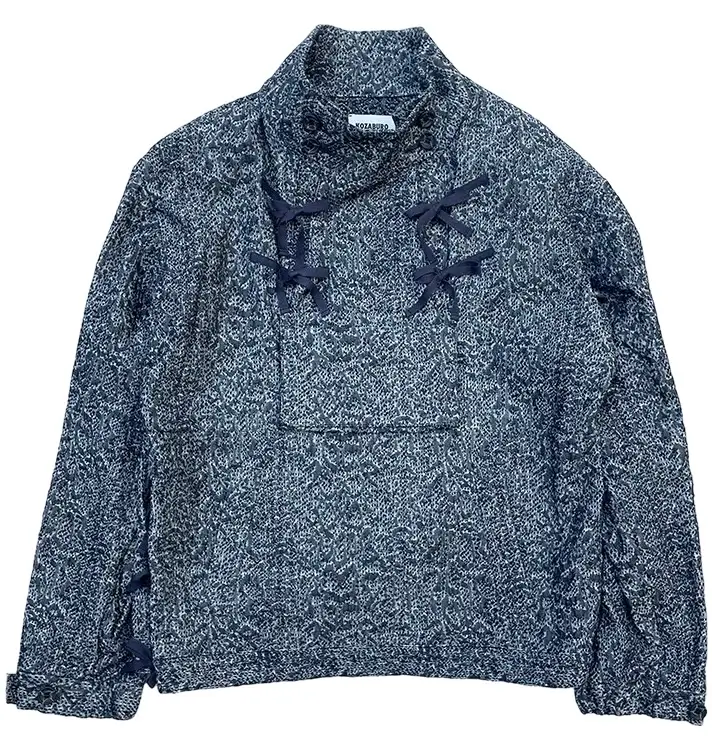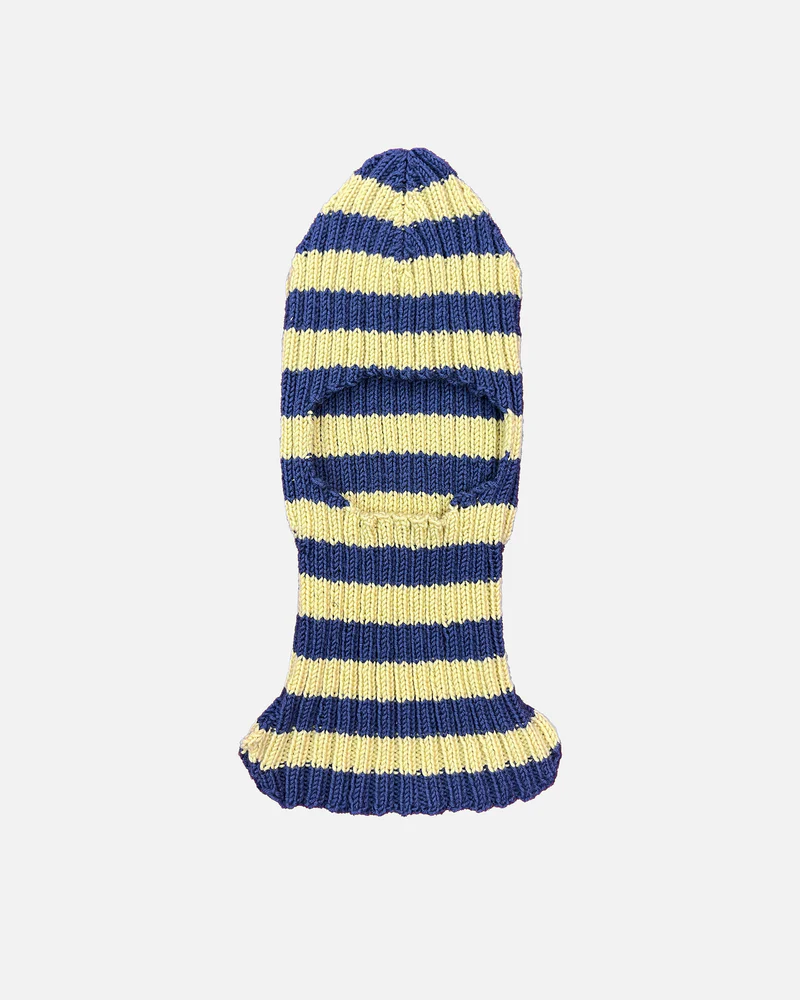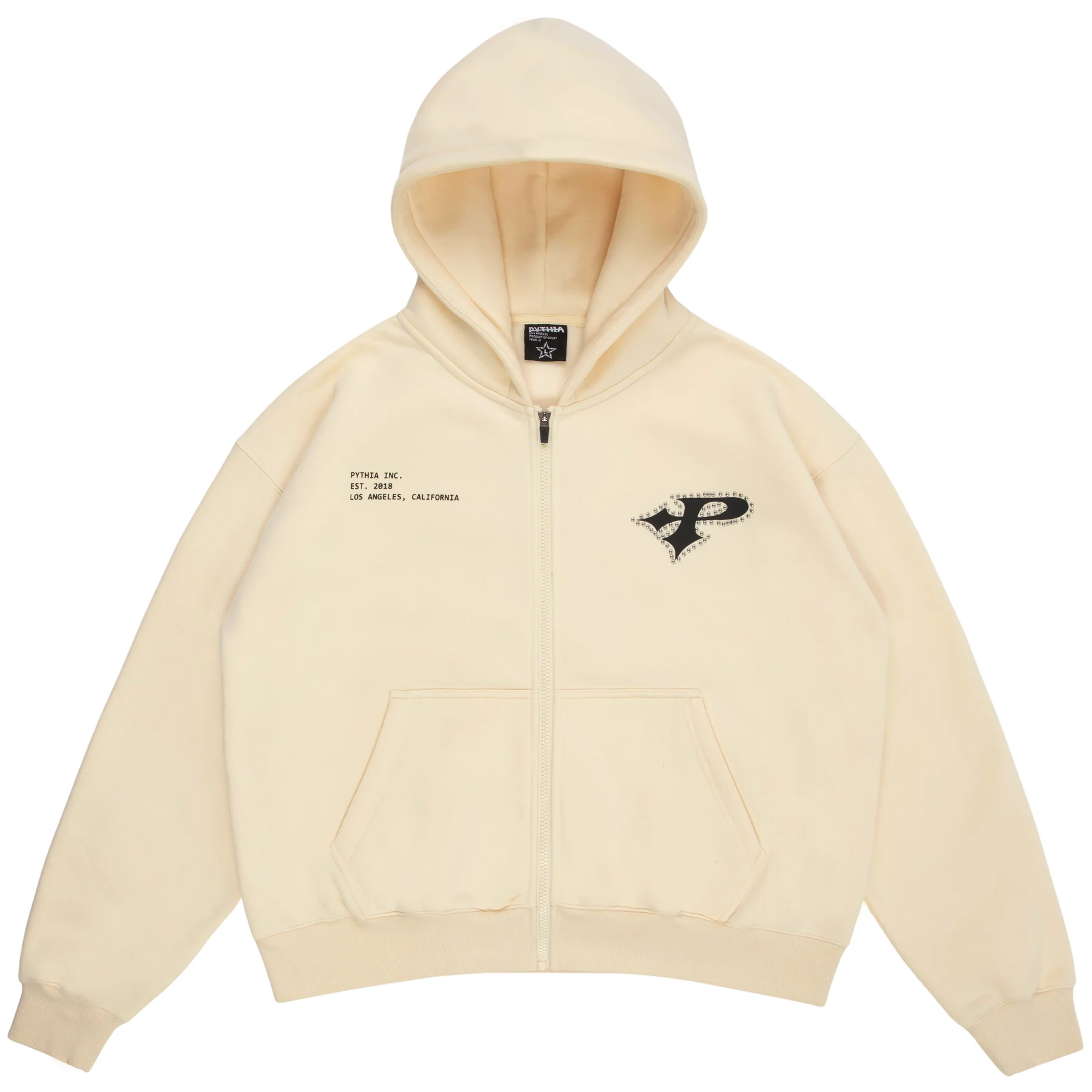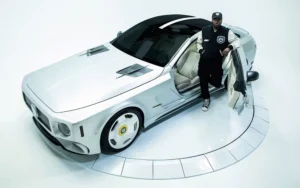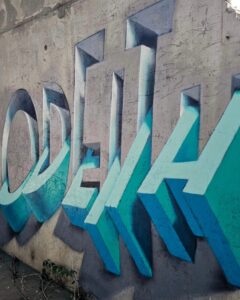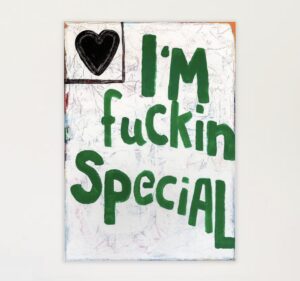In an industry where changes at the top can send ripples across continents, the news landed like thunder: Pierpaolo Piccioli, the poetic force behind Valentino’s modern renaissance, is now the Creative Director of Balenciaga. Effective July 10, 2025, this appointment marks more than a mere reshuffling of creative leadership—it signals a philosophical and aesthetic turning point for one of fashion’s most controversial and talked-about brands.
The implications stretch far beyond the Paris runways. Piccioli inherits a house charged with decades of historical significance, recent reinvention, and plenty of polarizing press. Demna, his predecessor, transformed Balenciaga into a juggernaut of streetwise provocation and meme-driven marketing. Under his command, the brand became a cultural litmus test—admired, condemned, imitated. Now, it falls to Piccioli to redefine what Balenciaga can mean in 2025 and beyond.
This is not just a creative transition. It’s a full-on recalibration.
Pierpaolo Piccioli: The Romantic Realist
To understand what this means, you have to understand Piccioli. For nearly a decade, he carried the soul of Valentino on his shoulders, turning it from a legacy house into a living, breathing organism of elegance. He stripped back the old codes and re-infused them with humanity. Haute Couture under Piccioli became more than luxury—it became a statement of inclusivity, poetry, and political subtlety.
Piccioli doesn’t design for spectacle. He designs for significance. His use of color, silhouette, and narrative is deliberate, emotionally resonant, and deeply researched. Where Demna leaned into irony, Piccioli embraces sincerity. Where Demna shocked, Piccioli stirs. And that alone sets up a radical redefinition of Balenciaga’s tone.
His challenge is immense. Balenciaga under Demna didn’t just shift fashion—it broke its fourth wall. It blurred the lines between satire and sincerity, clothing and commentary. Now, with Piccioli at the helm, the brand is poised to step into a new mode: one that could balance depth with drama, precision with poetry.
Kering’s Calculated Gamble
Kering, the French haute conglomerate behind both Balenciaga and Gucci, doesn’t make moves like this without purpose. With Demna headed to Gucci as Chief Designer—a role carved specifically to absorb his distinctive DNA—it’s clear Kering is repositioning its major players for strategic gain.
Francesca Bellettini, Deputy CEO of Brand Development at Kering, called Piccioli “one of the most talented and celebrated designers of today,” praising his mastery of Haute Couture and emotional vision. The subtext is clear: Kering sees Balenciaga’s future not in louder shocks, but in deeper resonance.
After a turbulent few years—punctuated by advertising controversies, accusations of poor taste, and a press cycle addicted to spectacle—Balenciaga needs re-centering. Piccioli offers credibility. He offers gravitas. He offers, perhaps most critically, a new emotional register.
This move isn’t just about artistry. It’s about rebuilding trust.
Balenciaga’s Dual Legacy: Cristóbal and Chaos
To predict where Piccioli might steer Balenciaga, we have to look back to its dual inheritance.
Cristóbal Balenciaga, the house’s founder, was the architect of modern fashion structure. He was revered for his precision, his architectural mastery, and his ability to sculpt garments with almost monastic restraint. In his day, he was called “the master of us all” by Christian Dior.
Fast-forward to the 21st century, and Balenciaga was resurrected not just as a fashion house but as a cultural grenade. Under Demna, its codes were rewritten with aggression and sarcasm—oversized hoodies, sock sneakers, IKEA-bag handbags, caution-tape dresses. It was brilliant. It was brazen. It was, at times, reckless.
Piccioli now faces a double-bind: respect the intellectual rigour of Cristóbal while managing the legacy of chaos left in Demna’s wake. If anyone can walk that tightrope, it’s Piccioli. His work at Valentino was nothing if not a masterclass in reinterpreting legacy with a modern soul.
He understands the stakes of heritage. And he knows how to translate that weight into wearable power.
What Could Piccioli’s Balenciaga Look Like?
While his debut collection won’t be revealed until October during Paris Fashion Week, fashion insiders are already speculating about the aesthetic pivot ahead.
Expectations are high for the following:
- Return to Structure
Piccioli has long admired form and flow. Don’t be surprised if he revisits Cristóbal’s architectural ethos—cocoon coats, sculptural tailoring, and rigid elegance—with a modern, gender-fluid edge. - Color as Language
At Valentino, he made color a statement. Think of the all-pink FW22 show or his use of vivid reds and lush greens. Balenciaga might see a tonal renaissance—less grayscale dystopia, more chromatic clarity. - Softer Branding
The in-your-face logos and visual trolling may fade. Piccioli is not a logo maximalist. His focus is on silhouette and fabric, not flexing brand identity. - Human Stories
He is deeply invested in the narrative behind clothing. Expect collections built around themes—empathy, resistance, beauty in diversity—rather than products built to go viral. - A Couture-Centric Focus
Piccioli’s strength is Haute Couture. Kering might lean into this, repositioning Balenciaga’s couture division as a heartbeat for the brand—anchoring its creativity, craftsmanship, and credibility.
The Risks Ahead
For one, Piccioli enters a house defined recently by contradiction and conflict. Can he tame that tension without neutering the edge that drew attention in the first place? Balenciaga’s streetwise consumers might not immediately warm to a softer, more emotional aesthetic. Some may miss the confrontational tone.
Second, the pressure of expectation is enormous. Piccioli’s Valentino tenure ended on an almost mythic note—critically adored, widely loved, and culturally relevant. Matching that momentum in a brand as divisive as Balenciaga is a different battle altogether.
Then there’s the internal challenge: integrating his team, earning trust, finding creative rhythm, and delivering under the weight of global scrutiny. Couture poetry doesn’t always translate to ready-to-wear pragmatism—or commercial urgency.
Why This Matters for Fashion at Large
This is not just about one brand or one man. It’s about what kind of fashion the industry wants to champion now.
Are we moving past the age of cynicism and shock marketing? Are we entering an era of emotional intelligence, cultural humility, and genuine craftsmanship? With Piccioli at Balenciaga and Demna moved to Gucci, Kering seems to be hedging both bets—one rooted in sincerity, the other in provocation.
This duality reflects the broader tension in fashion today: artistry vs. virality, couture vs. commerce, message vs. meme.
Piccioli’s success or failure at Balenciaga will help answer a crucial question: Can a brand that thrived on cultural controversy pivot to cultural contribution?
The Road to Paris
All eyes now turn to Paris Fashion Week this October, where Piccioli will unveil his first collection. Whatever he shows will not just be clothes—it will be a manifesto.
Will he nod to Cristóbal? Will he reference Demna’s dystopia? Or will he sidestep both and carve a third path?
What we do know is this: fashion, at its best, reinvents itself not just with fabrics and fits, but with fresh philosophies. Pierpaolo Piccioli, with his humanist lens and couture hand, may be exactly the kind of leader to move Balenciaga from provocation to poetry.
And the industry? It’s ready for a new kind of story.
Flow
If Piccioli succeeds at Balenciaga, it won’t just be a career triumph. It will be proof that emotional intelligence, narrative power, and artistic integrity can lead a luxury house in the 2020s—not just marketing gimmicks and internet outrage.
He has inherited a brand that’s known for pushing boundaries. Now it’s his job to define where those boundaries lie—and whether they can be expanded not just for effect, but for meaning.
In a world addicted to noise, Pierpaolo Piccioli offers the promise of depth.
And that might be Balenciaga’s boldest move yet.
No comments yet.



